Springtime in the Sonoran Desert

Sd Fairyduster
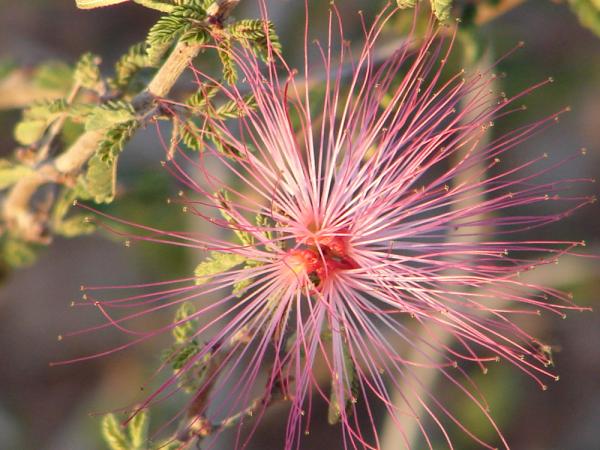
Fairy Dusters (Calliandra eriophylla) are common plants found along the washes of the Sonoran Desert. Their dainty springtime blossoms stand in great contrast to the rugged environment in which they grow. The pollinated flowers are soon followed by curled brown seed pods. This desert shrub loves the sun and heat and will grow to be 3 feet (1 m) in height.
Sd Desert Milkweed

Desert Milkweed (Asclepias subulata) is another of the common plants found along the washes and sandy flats of the Sonoran Desert. It too has been used for centuries as a source of many medicines by the indigenous people. This perennial plant can reach a height and width of 3 to 5 feet (1 to 1.5 m). The plant was once studied as a source of potential rubber by the U.S. Department of Agriculture but no commercial use of the rubber was ever begun.
Sd Chuparosa

The red, trumpet-shaped flowers of the Chuparosa bush (Justica californica) add a different color to the rocky slopes along the washes of the Sonoran Desert. It is a member of the tropical Acanthus family and is the only member of this group that has extended its range into the United States. The name "Chuparosa" was given to these colorful plants by the Spanish and it translates to mean "sucking rose." The flower is abundant in nectar and a favorite food source by the many species of hummingbirds that are found in the Sonoran Desert.
Sd Globe Mallow
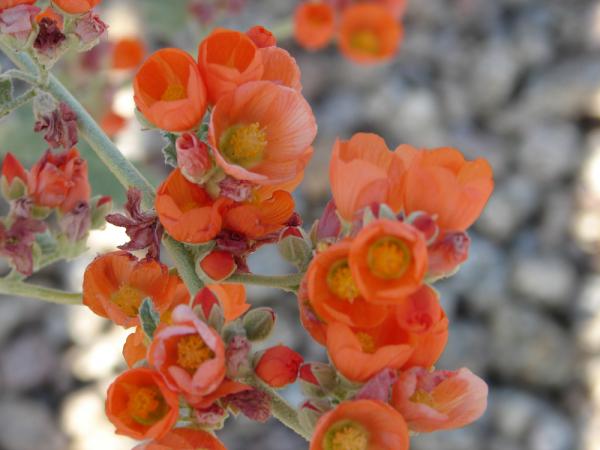
The Desert Globemallow, or Apricot Mallow, (Sphaeralcea ambigua) brings a sea of orange to the springtime landscape of the Sonoran Desert. With rain, the five-petal flowers can bloom year-round. This desert perennial herb grows in large clusters and can reach a height of 2 feet (0.6 m). It is also known as the Desert Mallow, the Desert Hollyhock and the Sore-eyed Poppy due to the tiny star-shaped leaf hairs that can irritate the eye if accidentally rubbed into it.
Sd Engleman Hedgehog
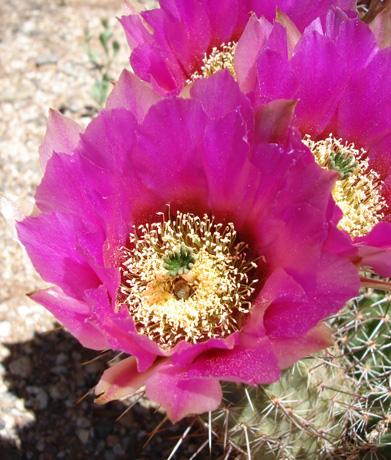
The Engelmann Hedgehog (Echinocereus engelmannii) is the first cactus of the Sonoran Desert to bloom each spring. It is one of the most common hedgehog cacti found in the desert, often found from the flat desert floor to the rocky lower slopes of the desert mountains. It is sometimes called the Strawberry Hedgehog due to the strawberry looking fruit that each of the beautiful fuchsia flowers produce.
Sd Sacred Datura

For such beautiful white flowers, Sacred Datura (Datura wrightii) surely has some of the more colorful and unique of common names: "Jimsonweed" and "Devil's Weed." This common desert plant contains dangerous levels of poisons that can induce hallucinations. It is a dangerous plant to grazing animals and is a classical example of the contrast of beauty and danger found in the Sonoran Desert.
Sd Saguaro Cluster
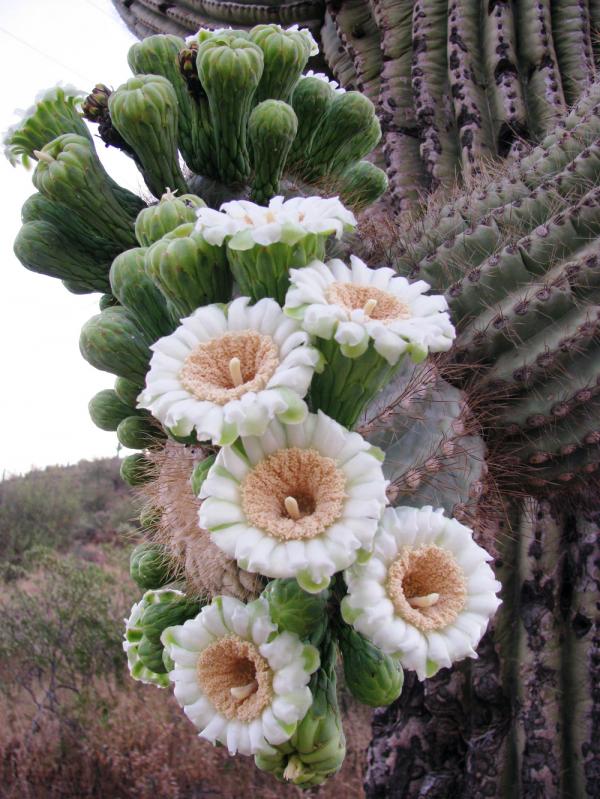
The indicator plant of the Sonoran Desert is the majestic saguaro cactus (Cereus giganteus). No springtime bloom has been more important to the indigenous animals and people than those of this tree-like cactus lovingly known as the "Sentinel of the Desert." These symbols of the desert can grow to be 50 to 60 feet (15 to 18 m) in height and live upwards of 200 years. And when their creamy white flowers begin to bloom in early May and fill the desert landscape, the sight is spectacular.
Get the world’s most fascinating discoveries delivered straight to your inbox.
Sd Saguaro Blooms
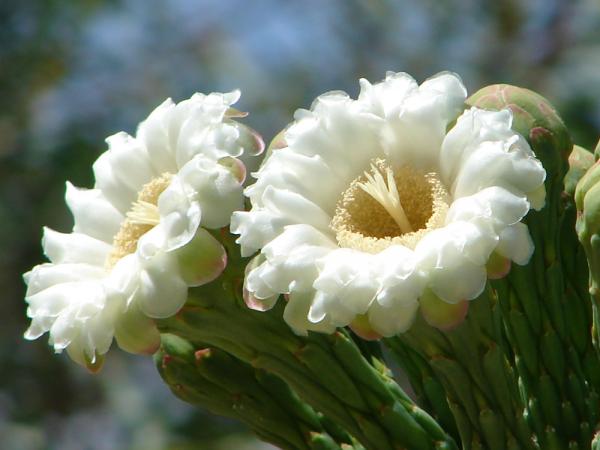
These 3-inch-long (8 centimeters), trumpet-shaped flowers with yellow centers are found in clusters at and around the end of the giant's columnar branches. The flower only remains open a short 24 hours and must attract its pollinators including bees, birds and long-nosed bats before tightly closing forever.
Sd Saguaro

Since all the saguaro flower clusters do not bloom at the same time, the blooming cycle of a single saguaro cactus can last up to 6 weeks before all the blooms have opened and shut. If fertilization of the flower has occurred, the fruit begins to form immediately.
Sd Saguaro Fruit
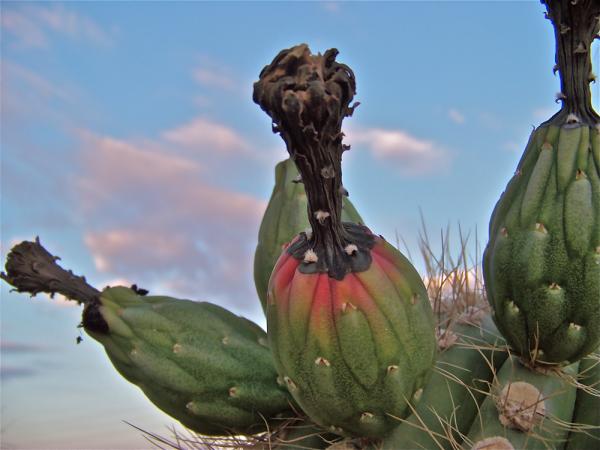
About three weeks after fertilization, the tip of the saguaro fruit, right under the base of the dried-up, once beautiful cream-colored flower begin to turn red. The mid-June through July annual desert feast is about to begin again. The Desert Sentinels will again feed the many creatures with whom they shares the Sonoran Desert.


